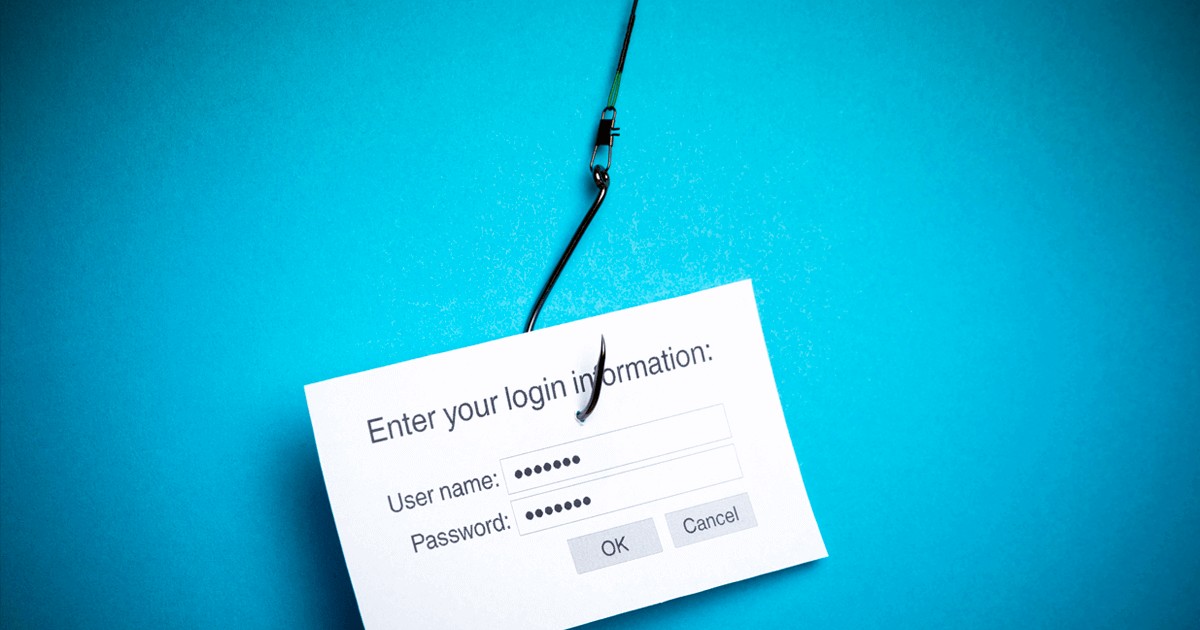Most companies nowadays utilise email, and the average worker, as we all know, gets a large number of emails every day. This makes emails a viable initial infection vector for malicious software. Workers are lulled into a false sense of security and less likely to notice issues due to the overwhelming volume of emails, which limits the amount of time they can spend on each message. This reality is exploited by phishing tactics, which have seen a surge in popularity and success with the introduction of cloud-based email in an effort to steal critical information from unsuspecting victims.
Phishing and Its Dangers
Social engineering is used in phishing emails to trick employees into giving over sensitive information. If an employee clicks on a malicious link or opens an infected attachment, the attacker may get access to sensitive information stored on the employee’s computer or instal malware on the employee’s device. From that point on, the cybercriminal may be able to get even more footholds in the company’s network, making it easier for them to steal confidential information or launch additional attacks.
The reason why phishing emails account for almost 90% of all cyberattacks is because they are so effective. Sometimes finding and exploiting a flaw in a company’s computer systems is far more difficult than convincing an employee that they need to take action on their Netflix account or make a payment to a vendor. The email dlp is essential here.
Making Use of Web-Based Email
The proliferation of cloud computing has made email an easier target for hackers because of the ease with which it can be exploited. More and more people are using cloud-based email and document sharing systems like Google Drive and Microsoft 365, giving scammers more ways in.
Cybercriminals often utilise phishing emails, in which the sender fraudulently claims that the attached file is a legitimate shared document. A login prompt will appear when the victim opens the link, requiring them to enter their credentials for the service. After the victim enters their credentials, the attacker will get them. If the company’s cloud architecture is not set up to provide insight into account usage and impose access control, then a hacker may use the stolen credentials to access sensitive data stored anywhere in the cloud.
How much damage can a single virus-infected email cause?
Phishing emails, along with other forms of malicious email, are designed to get the attacker initial access to a company’s network. Among the many possible contexts and purposes for this to occur are the following:
Documentary Identity Theft
A phishing email might be written to trick a worker into divulging their credentials. These credentials might be used for unauthorised remote access to both on-premises and cloud-based services, allowing the thief to steal data or do other unlawful acts.
Scams like the Business Email Compromise (BEC) that request fraudulent payment are designed to make their targets feel as if they are corresponding with a trusted executive. Employees get emails instructing them to make wire transfers to a certain account for the sake of “closing a deal” or “paying a vendor invoice.”









